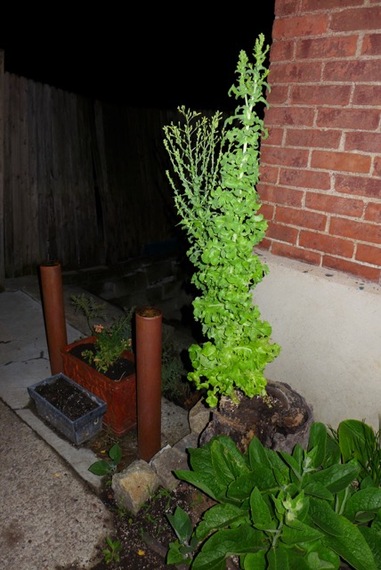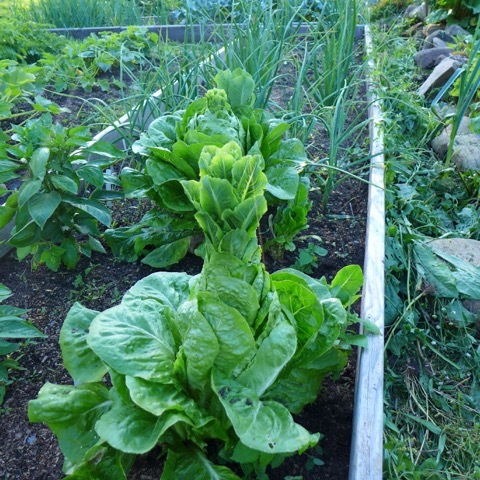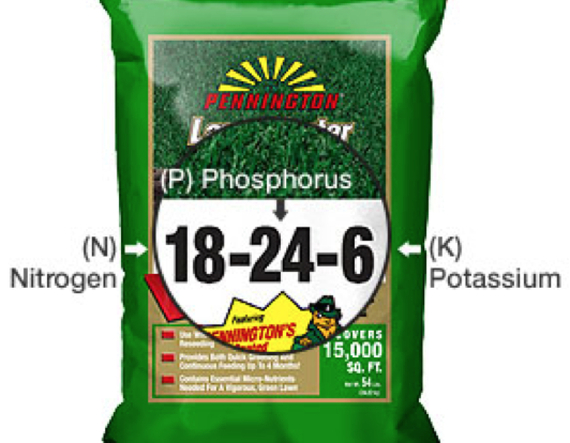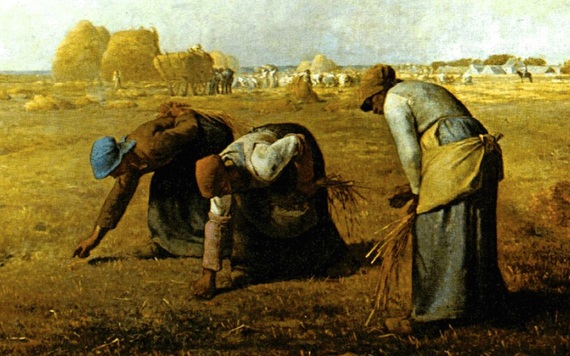Food waste doesn't just come from your plate or the back corners of your refrigerator. Food waste starts at the farm- whether that farm covers hundreds of acres or some space on your terrace. Growing and harvesting food is not a 100% efficient process. The fate of excess lettuce is one classic example. Lettuce is one of the first things you plant in the spring. It comes in lovely shapes and colors and you plant it at a time when the whole notion of gardening is fresh and full of promise. That often means that you plant too much. Round about July that excess lettuce starts thinking that perhaps the reason you haven't harvested it is that it was destined for greater things than simple salads. The lettuce starts to bolt- meaning a center stalk grows tall and the leaves get bitter. The lettuce is attempting to turn into a tree. Maybe the lettuce has heard about Christmas in July. This happens to commercial farmers as well as to amateurs. Some examples from friends and the neighborhood are below.
At the farm these 'trees' are typically just plowed back into the soil. That can happen in your garden as well. Adding organic matter back to the soil is a good thing. But it isn't the best thing to do with food that could be eaten. Realize that it takes a lot of energy and effort to produce food. The New York Times made this clear with a pictorial showing how much water is used to grow various crops in California. Lettuce trees do not grow by water alone. All plants also require nutrients- the big three being nitrogen (N), phosphorus (P), and potassium (K). Those are the three numbers that you see on a bag of fertilizer.
Nitrogen is typically applied at between 100 and 200 pounds per acre. While gaseous nitrogen is plentiful in our air (atmosphere is 77% N2 gas) it takes a lot of energy to turn the gas into a form that plants can use. Most of our fertilizer N is produced using the Haber - Bosch process at a cost of about 4 pounds of CO2 for each pound of nitrogen. About half as much energy is used to produce the P and K. Phosphorus fertilizer comes from calcium phosphate rocks. We used to have large reserves in the US in Idaho and Florida. Now the biggest world reserves are in and around Morocco and China with Saudi Arabia also having significant quantities. Wasting the food means that you are also wasting the water and the nutrient it took to grow.
Soils are not so picky about the type of organic matter that they are fed. They are just as happy getting plant roots as edible leaves. They don't mind slime. The same can't be said for people. But even if you have excess romaine your neighbor may not. Feeding others with your bounty is one way to put the excess to optimal use and expand your social circle. On a commercial level this is much more difficult but can still be done. Excess from farmer's markets and fields can be donated to food banks or left for gleaning projects. Gleaning means going into a field after harvest and getting what the farmer did not. It was the subject of an 18th century painting by Jean Francois Millet and has been making a comeback in the US
While you can give your extra lettuce to friends and neighbors before it bolts, this type of generosity is harder to justify for a farmer who needs to make a living from selling his/ her produce. Gleaning and donations are good for the world but not as good for the bottom line. Tax incentives to encourage gleaning and other rules that limit liability for farmers who allow gleaners on their land are ways to do that. So share your lettuce before it can think of turning into a tree. New rules and incentives will hopefully let farmers do so too.



